Wildlife
(Birds)
Western Cattle Egret
Wildlife / Birds / Water Birds
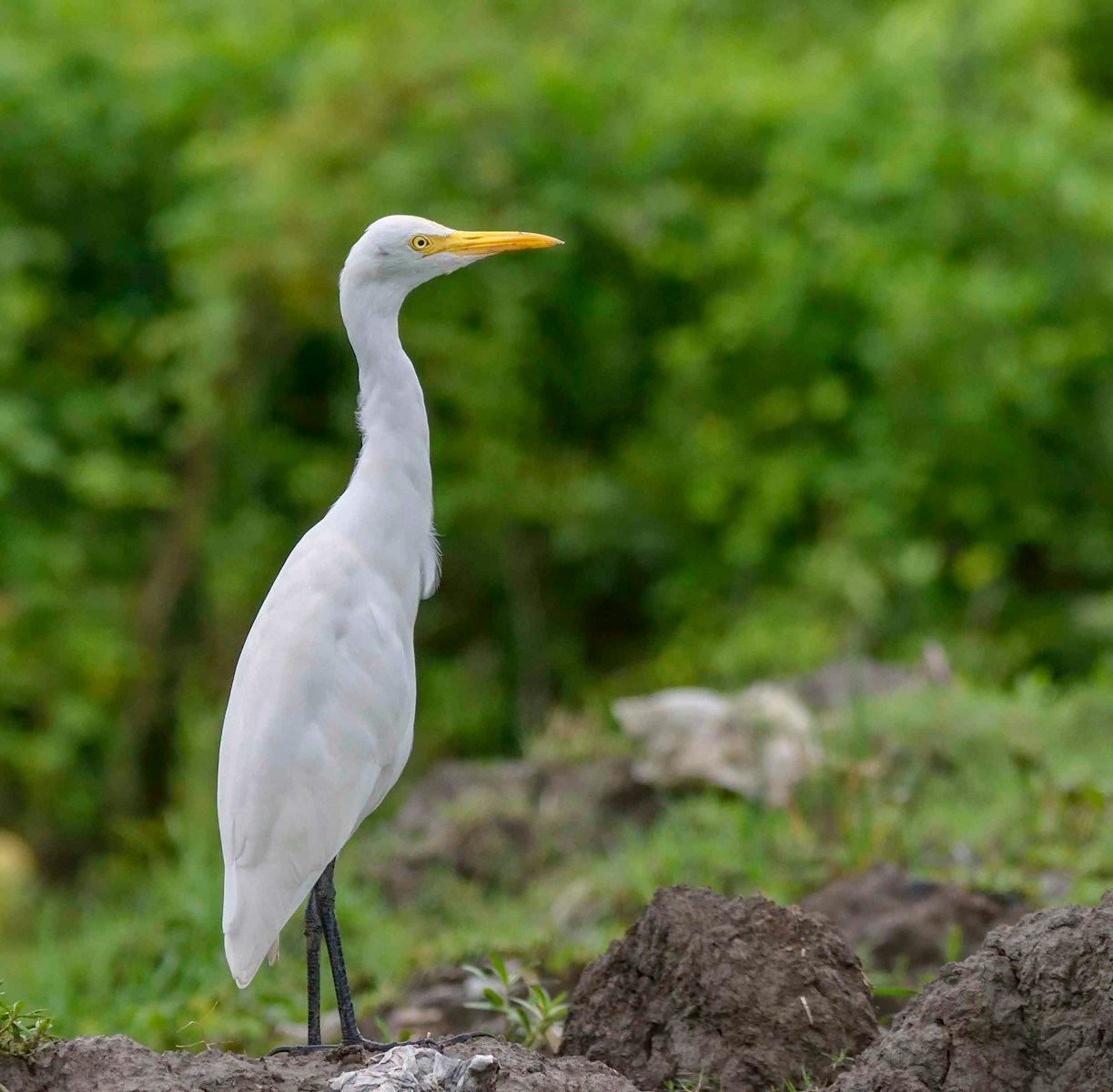
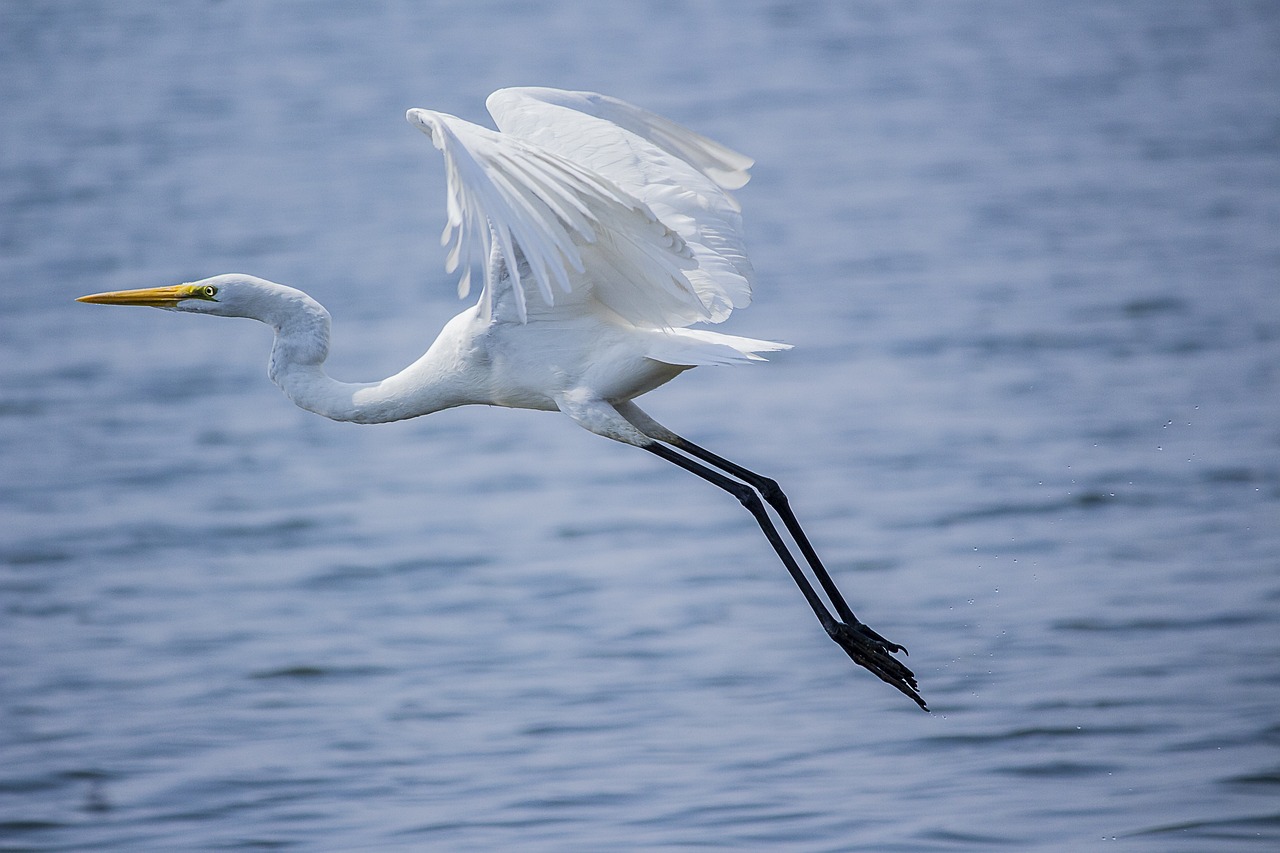
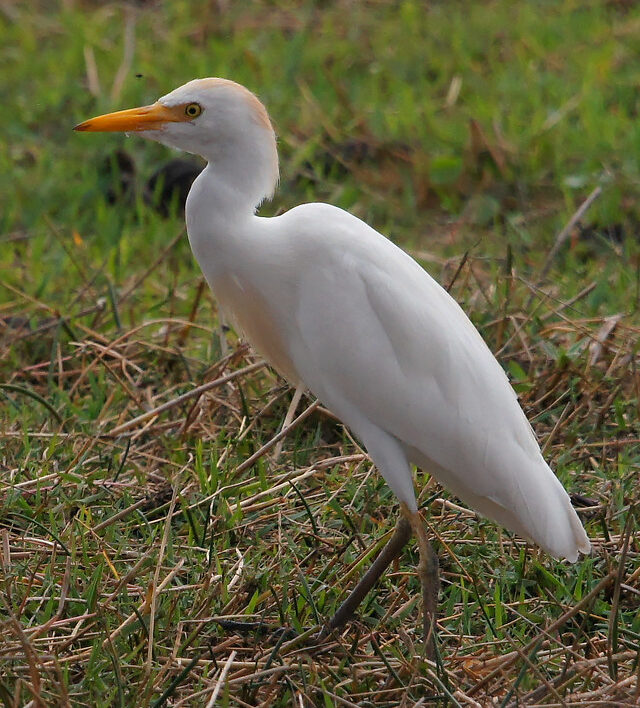
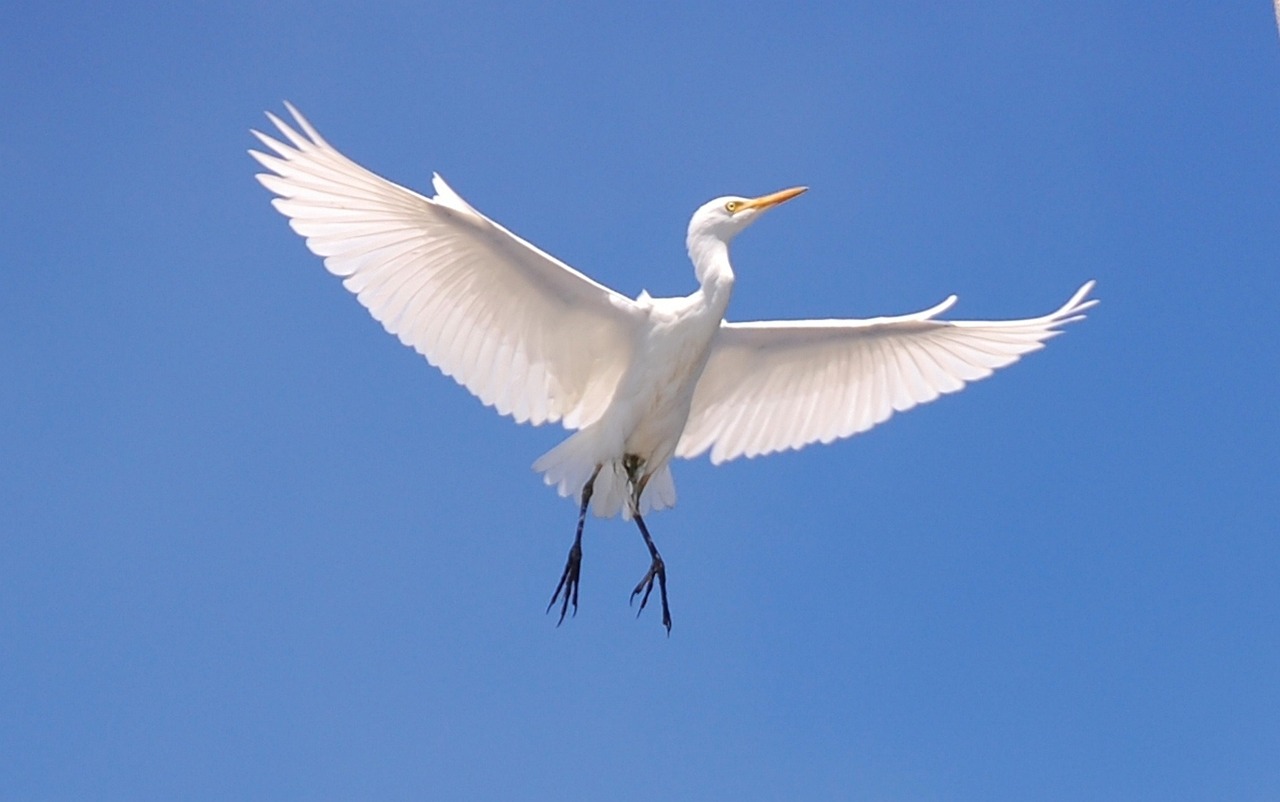
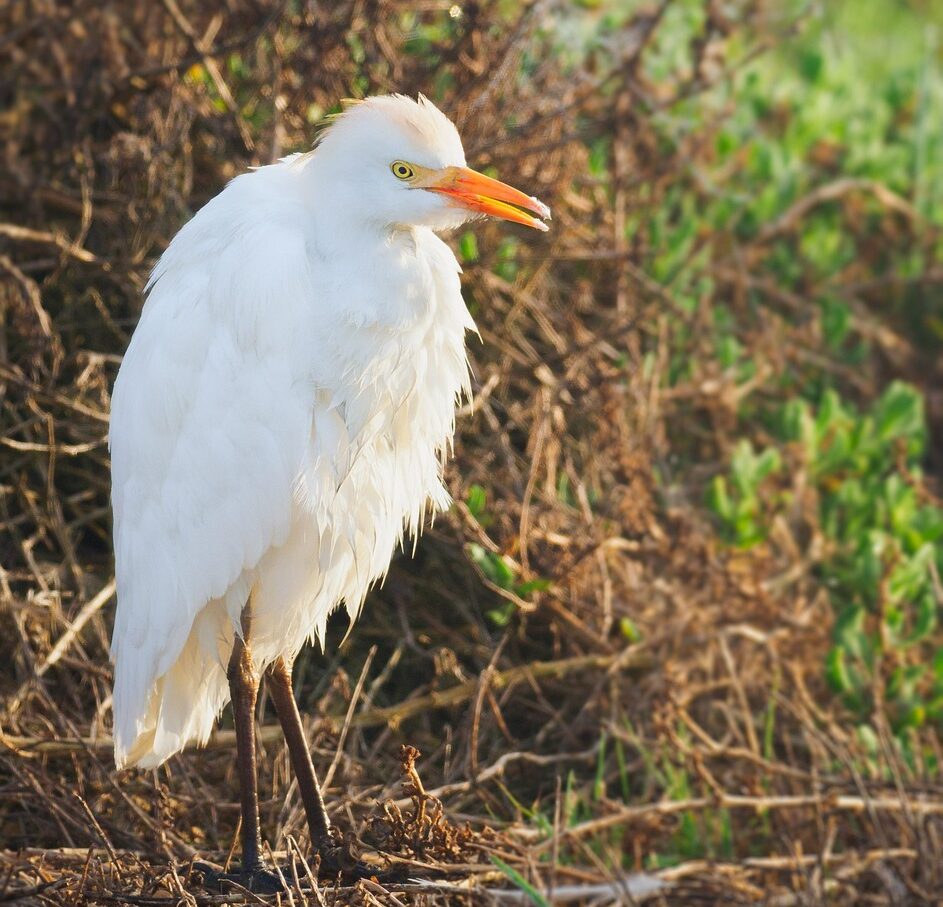
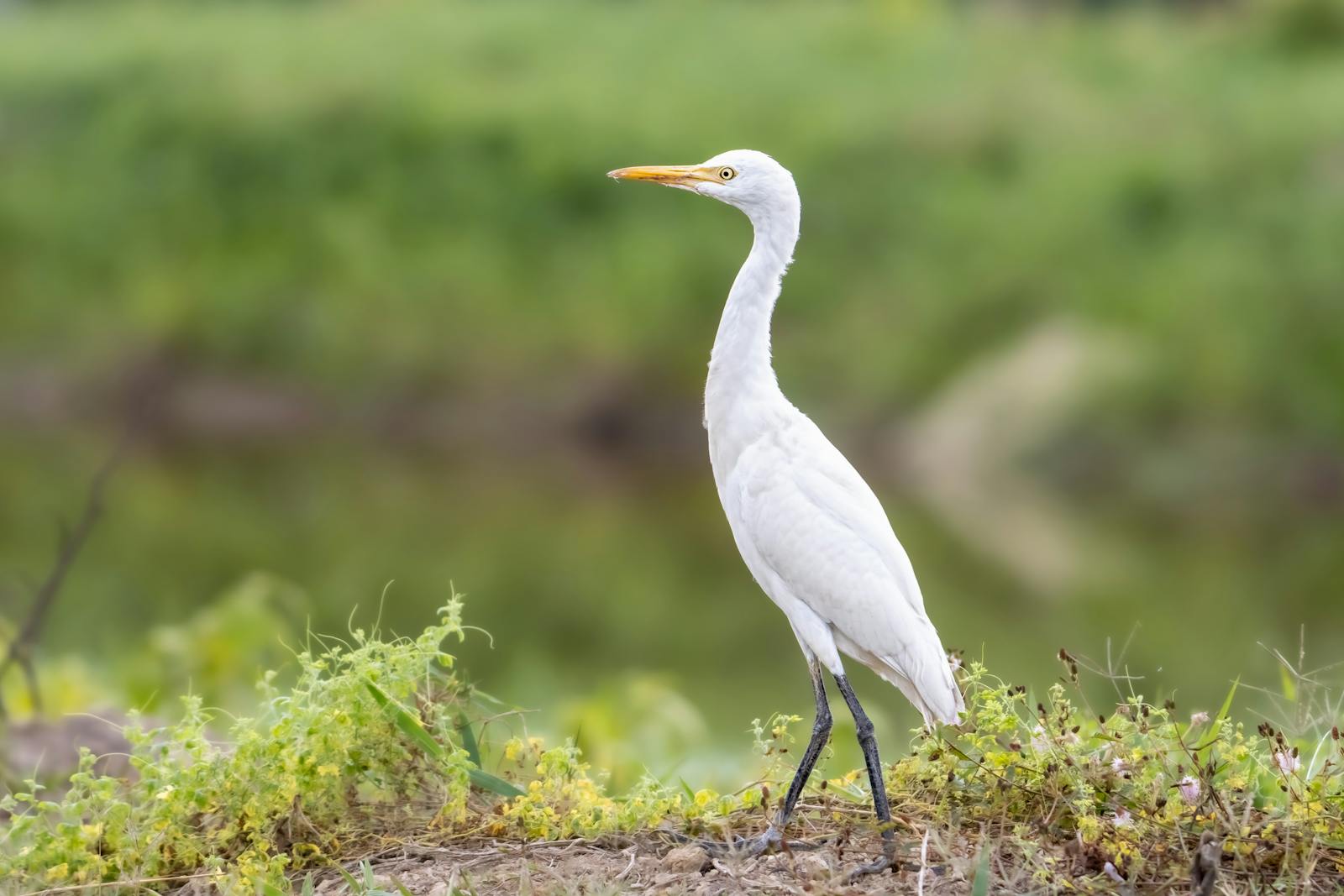
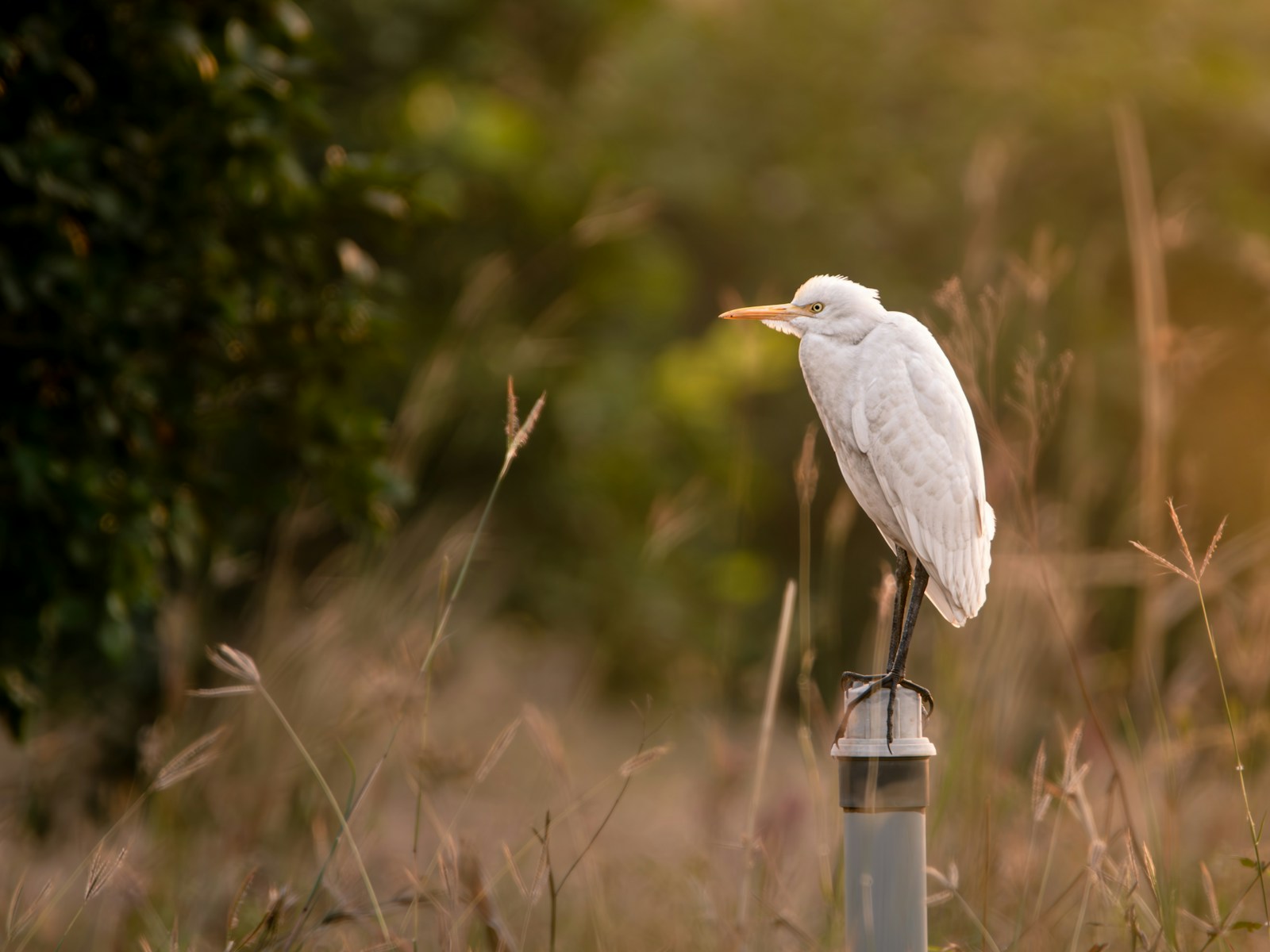
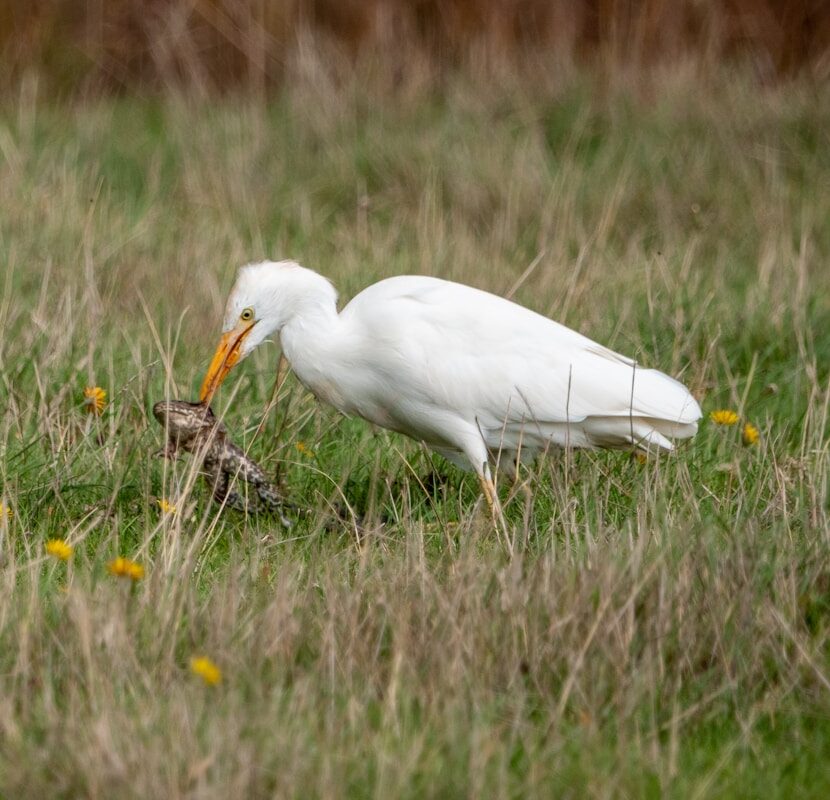
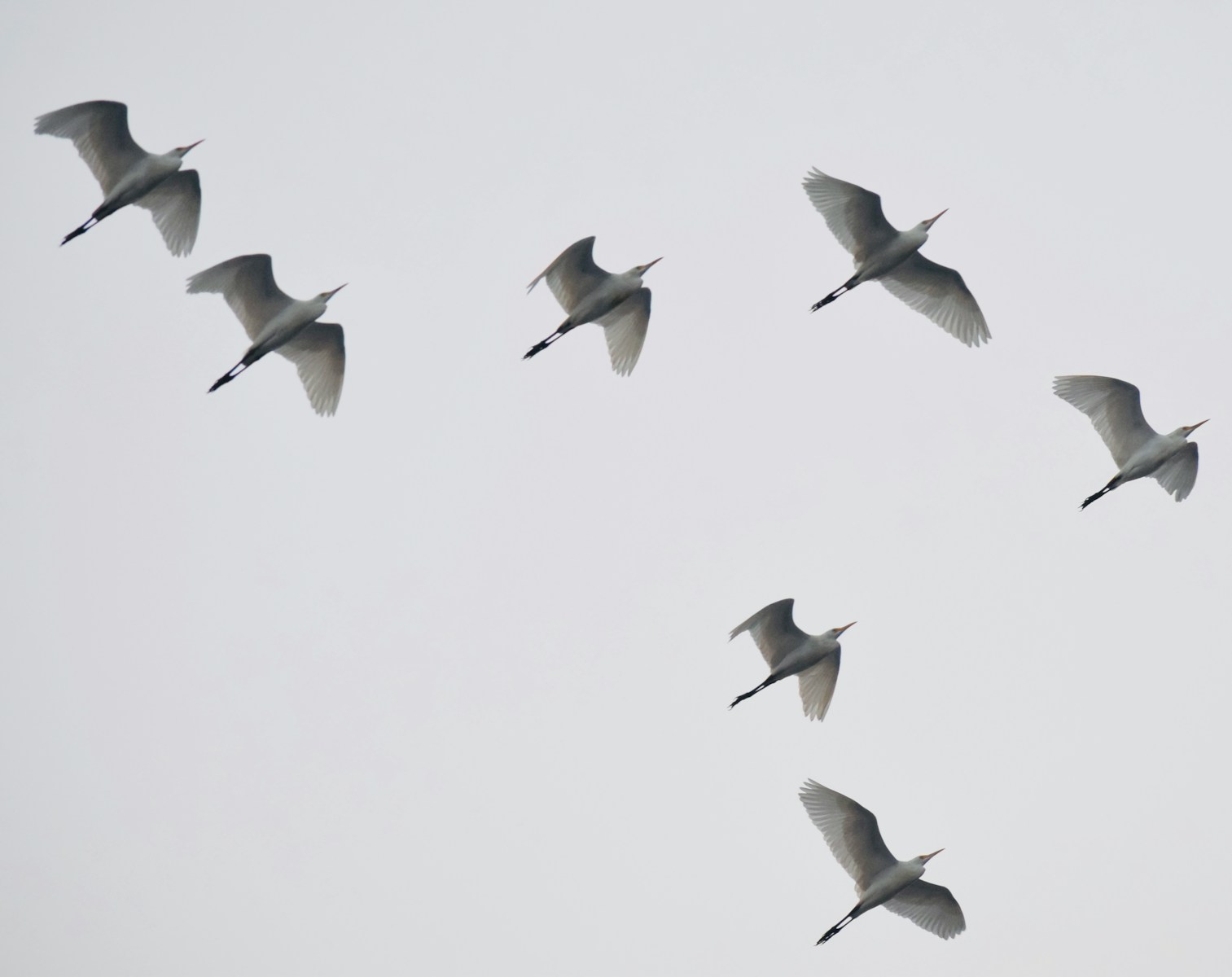
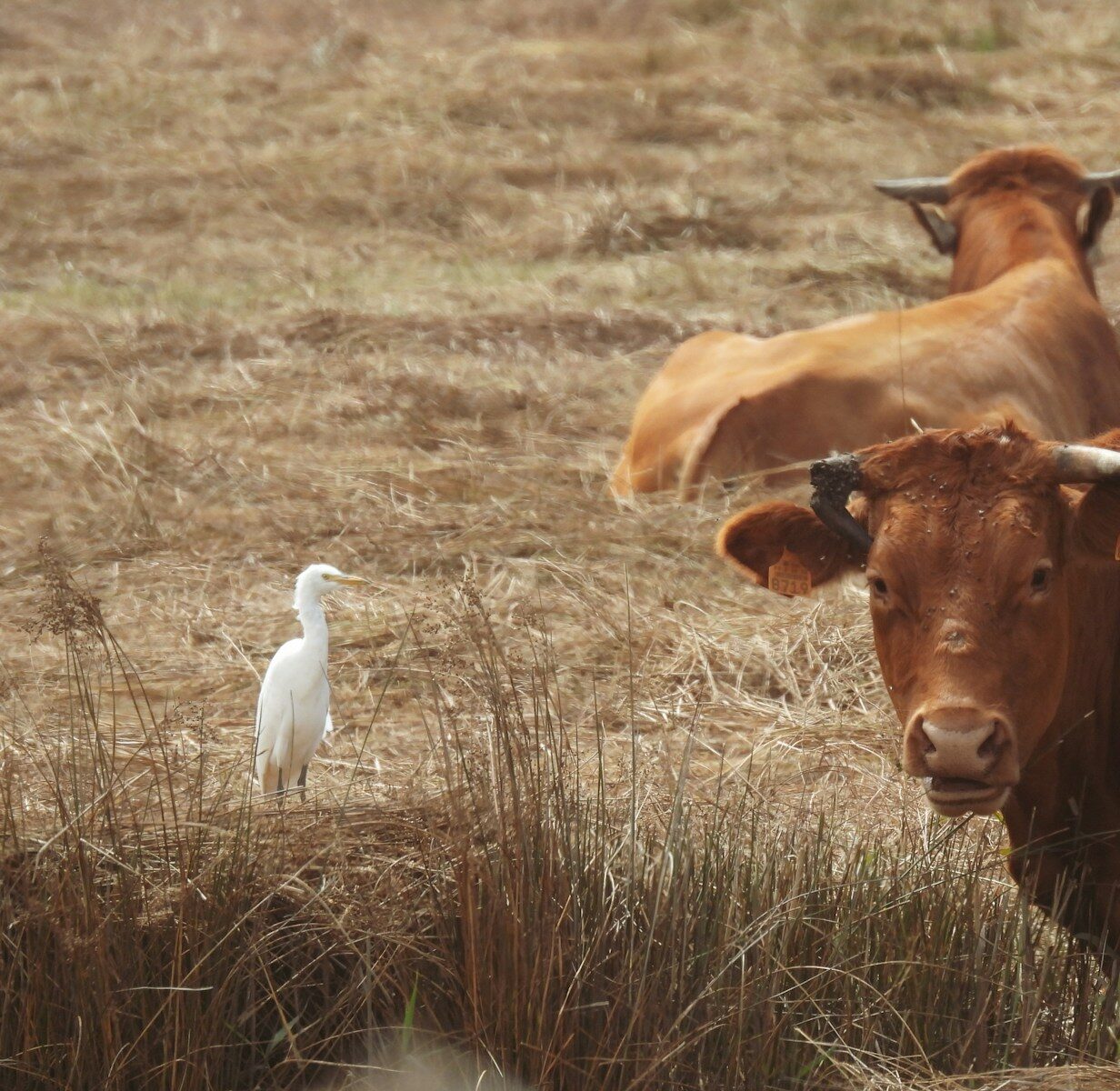
"Abu Erdaan"
How Egyptians name it
Scientific Name
Ardea ibis
Conservation Status
Least Concern
Habitat Range
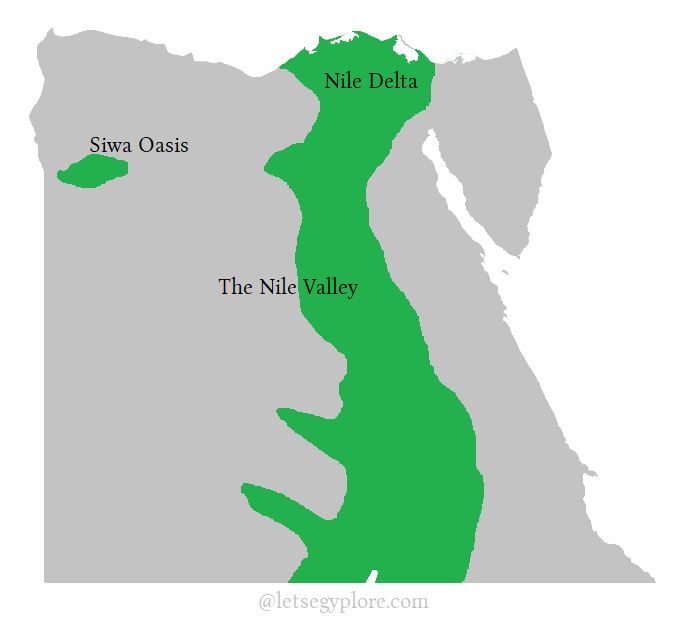
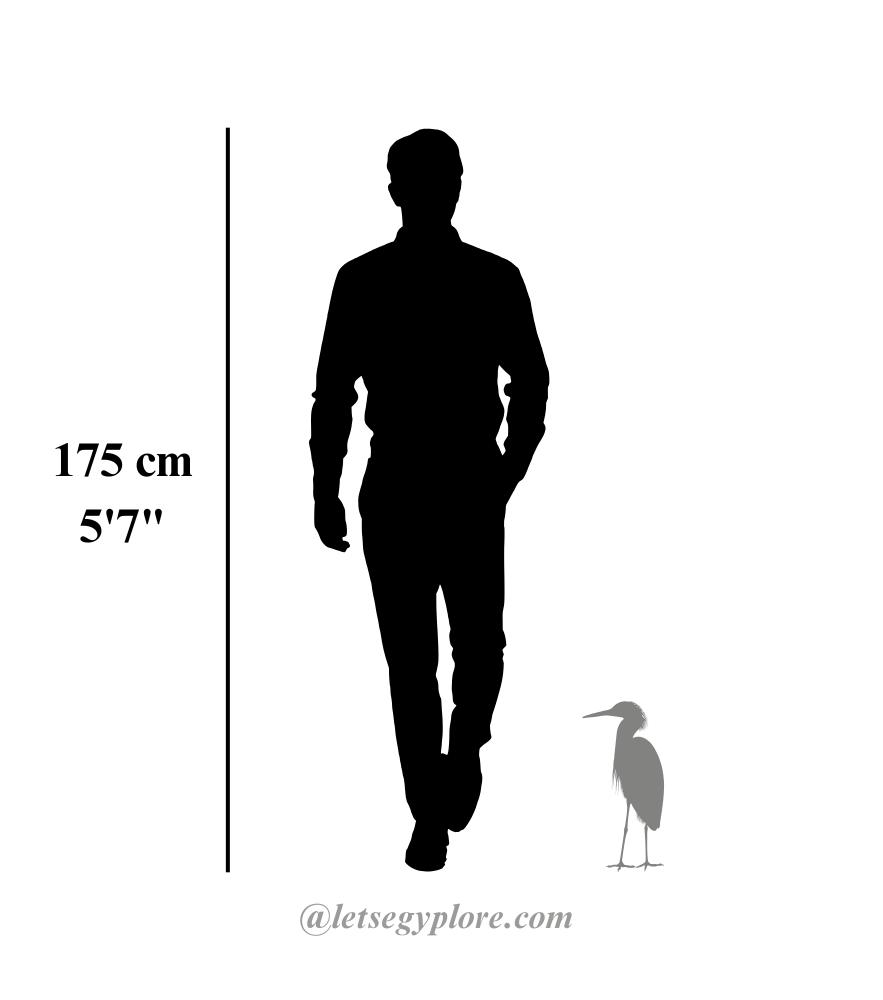
About
The Western Cattle Egret (Ardea ibis) is a medium-sized, stocky white heron known for its unique symbiotic relationship with grazing animals. Originally native to parts of Africa, Asia, and southern Europe, this adaptable bird has successfully expanded its range to the Americas, Australia, and beyond. Unlike many other egrets that depend on wetlands, the Western Cattle Egret thrives in grasslands, agricultural fields, and pastures, where it follows livestock such as cattle, buffalo, and horses. These birds feed on insects and small vertebrates that are stirred up by the movement of grazing animals, making them an essential part of their ecosystems. Their diet primarily consists of grasshoppers, crickets, flies, and even small amphibians and reptiles. This behavior not only provides the egret with an easy source of food but also benefits the animals by reducing the number of pests around them.
During the breeding season, the Western Cattle Egret undergoes a striking transformation, developing golden-orange plumes on its head, chest, and back. Males engage in elaborate courtship displays, including bowing, stretching, and presenting sticks to potential mates. Once paired, they build nests in colonies, often near other wading birds, in trees or dense vegetation. The female lays between 3 to 5 eggs, which both parents take turns incubating. These egrets are highly social and often nest in large groups, offering protection from predators. Their population has grown significantly over the years due to their ability to adapt to human-altered landscapes, making them one of the most widespread heron species in the world.
In Egypt, the Western Cattle Egret is affectionately known as “Abu Erdaan”, which translates to “Father of Fleas” or “Friend of the Farmers.” This name reflects its important role in agriculture, as it helps control insect populations that can damage crops and livestock. Egyptian farmers have long appreciated the presence of these birds, considering them a natural pest control ally. The egret is often seen perched on the backs of cows and water buffalo, picking off ticks and flies, further strengthening its reputation as a helpful companion. In ancient times, the bird’s presence symbolized prosperity and harmony between nature and agriculture. Even today, in rural Egypt, spotting a group of these egrets following livestock is a common and cherished sight. The Western Cattle Egret serves as a reminder of how wildlife and human activities can coexist beneficially, highlighting the importance of preserving natural ecosystems and respecting the vital roles each species plays in maintaining ecological balance.
